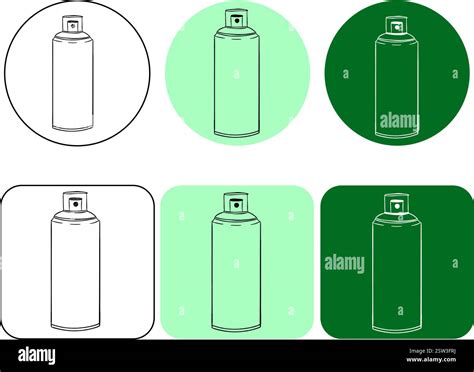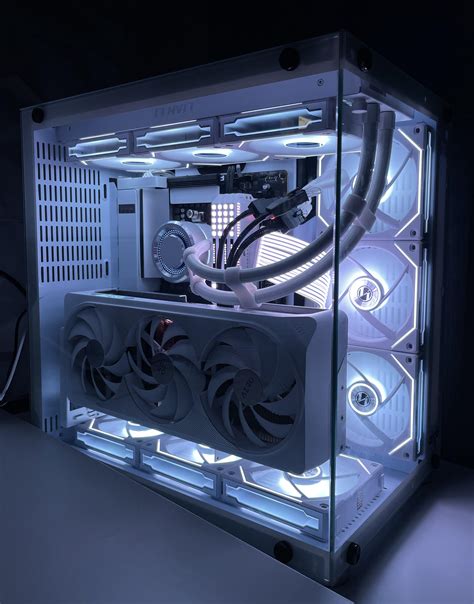Best strategy to break strength plateaus and boost performance?

Understanding Strength Plateaus: Why They Happen
Hitting a strength plateau is a common and often frustrating experience for anyone serious about their fitness journey. Initially, progress comes quickly as your body adapts to new stimuli. However, over time, the body becomes more efficient, and those initial gains slow down or stop altogether. Plateaus usually signal that your current training regimen is no longer providing sufficient stimulus for further adaptation. This could be due to inadequate recovery, insufficient caloric intake, lack of training variation, or simply not applying progressive overload effectively.
The Pillars of Progression: Strategic Training Adjustments
Revisiting Progressive Overload
Progressive overload is the fundamental principle of muscle growth and strength gain. It means continually increasing the demands on your muscles over time. If you’ve hit a plateau, it’s time to re-evaluate how you’re implementing this principle. Are you always adding weight? Consider other forms of progression: increasing reps with the same weight, increasing sets, decreasing rest times, improving form, or increasing training frequency.
Training Variation and Periodization
Your body adapts quickly, so sticking to the exact same routine for too long will inevitably lead to stagnation. Incorporating training variation, often through periodization, is crucial. Periodization involves systematically varying your training program over time, changing aspects like volume, intensity, exercise selection, and rep ranges. This can involve block periodization (e.g., a strength block followed by a hypertrophy block) or undulating periodization (varying intensity/volume within a week).

Accessory Work and Weak Point Training
Often, a plateau in a major lift (like the squat, bench press, or deadlift) is due to a lagging muscle group or a weakness in a specific range of motion. Identify your weak points and incorporate targeted accessory exercises to strengthen them. For example, if your bench press stalls at the bottom, tricep extensions and paused bench presses might help. If your deadlift is weak off the floor, deficit deadlifts or pause deadlifts could be beneficial.
Deload Weeks: Strategic Recovery
Many lifters fear deloads, seeing them as a step backward. However, strategically planned deload weeks are vital for long-term progress. A deload involves reducing training volume and/or intensity significantly (e.g., 50-70% of your normal workload) for a week. This allows your central nervous system to recover, repairs micro-trauma, and gives your joints and connective tissues a much-needed break, priming your body for renewed gains when you return to full intensity.

Optimizing Recovery: The Unsung Hero
Prioritizing Sleep
Muscle growth and repair primarily occur during sleep. Insufficient sleep (less than 7-9 hours per night for most athletes) severely hinders recovery, hormone production (including growth hormone and testosterone), and overall performance. Make quality sleep a non-negotiable part of your performance strategy.
Nutrition and Hydration
You cannot build muscle or recover effectively without proper fuel. Ensure you’re consuming enough calories, particularly protein (aim for 1.6-2.2g per kg of body weight), to support muscle repair and growth. Carbohydrates are essential for energy and glycogen replenishment, while healthy fats support hormone production. Don’t overlook hydration; water plays a critical role in almost every bodily function, including nutrient transport and joint lubrication.

Fueling for Gains: Beyond the Basics
Macro and Micronutrient Balance
While protein is paramount, a balanced intake of carbohydrates and fats is equally crucial. Carbohydrates fuel your workouts and replenish glycogen stores, while healthy fats are vital for hormone production and overall health. Furthermore, don’t neglect micronutrients (vitamins and minerals), which act as cofactors for countless physiological processes essential for performance and recovery. A varied diet rich in fruits, vegetables, and whole grains will ensure you get a broad spectrum of these vital nutrients.
Strategic Supplementation
While no supplement can replace a solid training and nutrition plan, certain scientifically proven supplements can offer an edge. Creatine monohydrate is highly effective for increasing strength and power. Caffeine can boost performance and focus. Protein powder is a convenient way to meet your daily protein targets. Consider a multivitamin if your diet lacks variety, or omega-3 fatty acids for their anti-inflammatory benefits.

Mindset and Consistency: The Long Game
Tracking Progress and Adjusting
Meticulously track your workouts, including sets, reps, weight, and even how you felt. This data is invaluable for identifying patterns, understanding what works, and making informed adjustments to your program. Be patient and consistent; progress is rarely linear. There will be good days and bad days, but showing up and sticking to the plan is what ultimately drives long-term success.
Embrace the Challenge
Seeing a plateau not as a failure, but as an opportunity for growth and learning, can transform your approach. It forces you to analyze your methods, experiment with new strategies, and ultimately become a more knowledgeable and resilient athlete. Breaking through a plateau is one of the most rewarding experiences in strength training, signifying not just physical growth, but mental fortitude.

Conclusion
Breaking strength plateaus and boosting performance is a multifaceted challenge that requires a holistic approach. It’s not just about lifting heavier; it’s about smart programming, adequate rest, optimal nutrition, and a resilient mindset. By consistently applying progressive overload in varied ways, prioritizing recovery, fueling your body correctly, and staying consistent, you can overcome any plateau and continue your journey toward peak performance.








